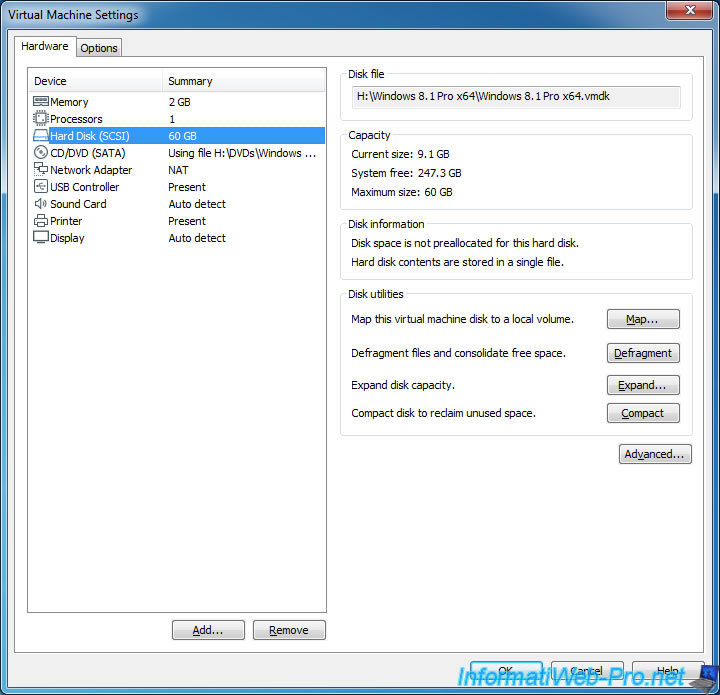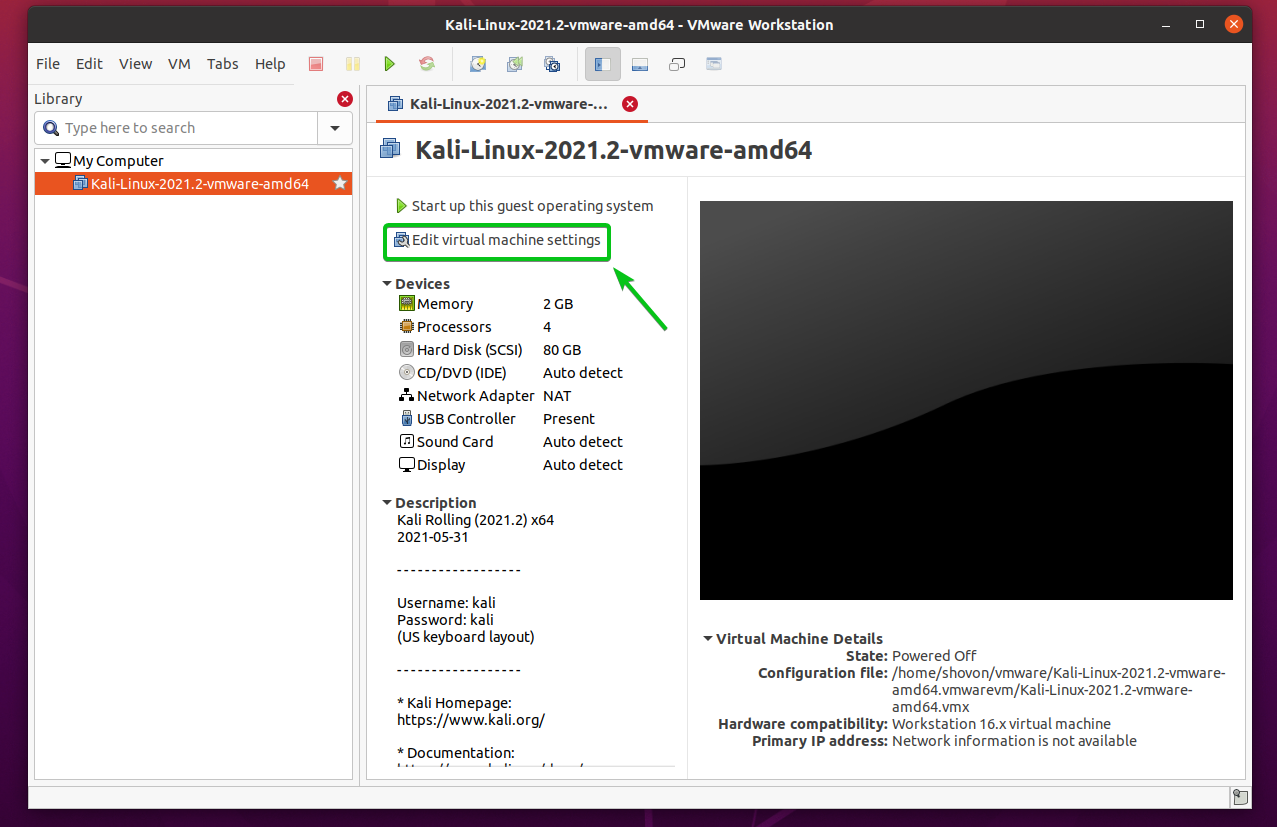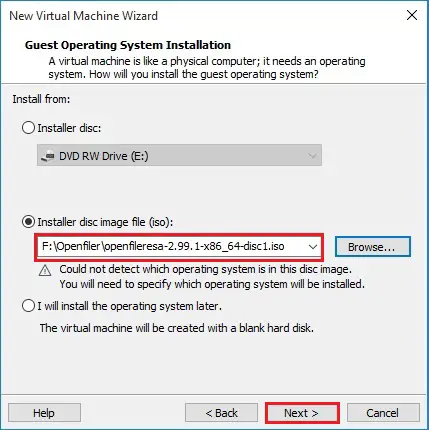



USB Controller : USB controller, USB version to use.Network Adapter : network adapter and network access mode (NAT, bridged.Hard Disk (.) : virtual hard disk and tools.Processors : processor(s) and virtualization technologies.Nevertheless, you will most certainly find these : To get started, open the settings of your virtual machine by clicking on : Edit virtual machine settings.ĭepending on the guest OS installed, more or less devices will be available. Guest Isolation (guest system isolation).The purpose of this article is to introduce you to all the settings available for VMware virtual machines and what these options are for. You can read more about this topic on page 267 of vSphere Design by Scott Lowe and Forbes Guthrie, as well as in this blog post by Frank Denneman.Īlso, major trolling on Twitter after this was posted I’m a 4×24 man myself to make troubleshooting that much harder.VMware Workstation is a professional virtualization solution and offers many settings for your virtual machines. But when a larger VM spans multiple NUMA nodes, you are at risk of adversely swaying the calculations by increasing the core count. In a small VM, it will be contained within a single NUMA node and you’re probably safe. Be aware that while using cores per socket to fool the guest OS for licensing purposes, you DO run the risk of swaying the vNUMA calculations in a way that can negatively impact performance. Update: one clarification in light of Jim’s comment below. The number of virtual sockets can/will affect vNUMA calculations. By increasing the number of cores per socket, you can raise the number of CPUs the guest OS will allow you to use (since it seems them as cores). The one consideration to keep in mind is that if there isn’t a reason to trick the guest OS using cores, scale VMs using the socket setting.

For example, Server 2008 will only use up to 4 physical CPUs. cores was to get around a limitation in the guest OS. The reason you used to have the option to select sockets vs. So stop worrying about it 🙂 With that being said, why does this option exist? Because the hypervisor schedules the resources on the back end, it really doesn’t matter what configuration they’re presented to the guest OS in, at least not from a performance perspective. The question usually goes something like this: “ What is the performance impact of allocating 1 socket and 4 cores when I build a VM versus allocating 4 sockets with 1 core each?” This person is using the old vSphere Client, and has seen this option which was added for a great reason, but assuming something false about its purposes.įirst and foremost: on a small (less than 8 vCPU) VM, there is no performance impact of setting it one way or another. I get this question regularly, and after having just typed up another long answer to the question, I’m going to share the answer here for future reference 🙂


 0 kommentar(er)
0 kommentar(er)
